¿Necesitas un lijado de precisión sin dañar superficies delicadas? Descubre las ventajas del disco de espuma estándar...
}The end result of our work and the quality of the sanding is what defines us as professionals. The precision, dedication and delicacy with which we perform it makes us achieve better or worse finishes, but the type of tools we use also have a great influence.
Advances in the sector have developed sanders that are so precise, light, handy and of quality, that it can sometimes be difficult to know which one to choose. One of the main choices, which can determine our work, is that of pneumatic or electric rotor-orbital sanders.
From Abracom we want to advise you so that you know which is the most suitable for you. So next, we are going to explain everything you need to know about pneumatic and electric orbital sanders.
What are the characteristics of pneumatic rotary orbital sanders?
These types of sanders are very common for professional sanding of wood, car body, metals, composites, and many other sectors.
Among its main characteristics, it should be noted that:
They are tools designed for industrial and professional use.
In general, its price is lower than that of electric sanders.
For its use, a well-dimensioned compressed air installation is required, which takes into account the demand of the other machines connected to the network.
A stable airflow is required to prevent the sander from varying its power and speed due to a drop in the air supply.
They are compact and lightweight, making it easy to work with them.
They are generally louder sanders, but they get less hot.
For their correct operation, they require a drip oil lubrication system, and the absence of water drops in the compressed air supply.
They require a higher consumption, by consuming a significant flow of liters of air per minute.
The work environment is safer as it does not need electrical power installations.
Related reading: Everything you need to know about the pneumatic orbital sander
Advantages of a pneumatic sander
Pneumatic sanders are, without a doubt, a great choice. Their benefits in industrial sanding processes are important, since they are more resistant machines designed to withstand greater workloads.
On the other hand, its size is compact and light, which allows smooth and precise handling essential to develop a perfect sanding.
Lastly, they create safer working environments, without sparks or possible short circuits, especially in work areas where varnished parts are sanded or subjected to a chemical finishing process.
What features do electric orbital sanders have?
Electric sanders are those that need to be powered by electrical current in order to perform their function.
They provide a very stable working speed.
Special features of this type of tool
Among the different types of electric sanders, we can highlight some advantages to take into account. They can be connected anywhere where there is an electrical outlet, which facilitates their use in outdoor work or where sanding work is to be carried out.
They are the most used to carry out DIY and crafts for individuals.
You may be interested: Tips for treating wood: sanding, varnishing and polishing
In general, its price is higher than that of pneumatic sanders.
They are larger, heavier which becomes inconvenient for air sanding jobs on vertical surfaces.
They are less noisy sanders, but they heat up more quickly giving off heat to the operator.
The energy consumption is lower and, unlike pneumatic, the power system does not require maintenance.
On the contrary, the work environment is less safe as it requires electrical power installations.
Why choose a pneumatic sander over an electric sandpaper
Although both types have their advantages, if we operate in industrial sectors, the ideal is that we opt for a pneumatic sander before an electric one.
The reasons are many, but below we summarize the most important ones:
Its design is very simple and therefore has far fewer moving parts subject to wear, which also implies a lower cost in its repair.
They give off less heat which means greater comfort for the person who handles it. They can, therefore, be used in extreme temperature conditions without affecting their performance.
In terms of safety, they do not have a risk of fire or electric shock, nor do they generate magnetic field interference. They are the safest option for treating hazardous materials.
They are much less heavy, so the worker tires less and, in addition, the time for finishing is less.
They are designed to work in a more demanding environment, so their life span is longer, resulting in a more profitable option.
Pneumatic sanders are less heavy, give off less heat, and are less expensive to maintain than electric sanders, making them perfect for working in very demanding environments
How to choose an industrial sander
In order to choose the sander that meets all our needs, we must be clear about the use that it will be given. For this, it is essential to know the different options that exist:
Belt sander
This type of tool is used to carry out coarse sanding jobs and always maintaining a sanding direction in only one direction: forward and backward.
A belt sander is ideal for parquets, beams, timbers ... They are faster and faster cutting, perfect for removing paint and varnish, and for smoothing rough wood.
Its design is very simple, since it consists of two parallel rollers on which a strip of abrasive paper is added.
It can be very noisy, but at the same time, it is very powerful, forcing you to use both hands to control them.
The belt sander is very fast and fast cutting. A very powerful machine perfect for smoothing rough wood
Orbital sanders
They tend to have a square or rectangular shape, making it perfect for small surfaces with angles or side edges.
They have an oscillating base plate where the abrasive material is placed. There are two ways to anchor the abrasive to the base, using a velcro fixing system or through a clamp system that allows the sheet of sandpaper to be attached to the base of the sander.
Orbital sanders are perfect for small surfaces, drawer fronts and interior recesses
Eccentric sander
They are ideal for work with curved shapes or semi-finishes and finishes. Eccentric sanders have circular plates as a base, which rotate around their axis.
It is a good option for flat surfaces and its results are really satisfactory. It is very flexible in all respects and is suitable for wooden or metal surfaces.
Professionals often end up turning to eccentric compressed air sanders for long-lasting jobs.
Eccentric sanders are very flexible, ideal for finishing work
Rotorbital sander
These sanders combine a radial rotary movement with an eccentric movement that improves performance. Its base is a circular plate generally with an anchor for abrasive discs with velcro, although there are also smooth vinyl bases for self-adhesive discs.
Its pass is more random, so it avoids repetition and, therefore, leaving sanding marks.
They are ideal for carrying out any type of work and on practically any type of surface: wood, varnish, metal, composites, solid surface,...
In recent years, these sanders have evolved very rapidly, especially in everything related to the suction of sanding dust, generating cleaner and less harmful work environments for the operator.
There is currently on the market a very wide offer of this type of sander.
Pneumatic orbital sanders are very versatile, they are suitable for any type of work and surface
What to keep in mind when choosing your pneumatic sander
But, in addition to the types, there are other very important factors to take into account when choosing an industrial sander:
Suctioning. The dust you breathe is very harmful to health, so a sander that incorporates it is a wise choice.
Power is another key criterion. Higher power is recommended for the most aggressive sanding, where coarse grains are used for roughing the surface.
The possibility of adjusting the speed should be another decisive factor, since the lower the speed the more precision and delicacy. For this reason, it is convenient that the sander has a regulator that allows the speed to be adapted to the type of work to be carried out.
Anti-vibration: to achieve a homogeneous sanding, it is necessary to control the level of vibration. We must not forget that all the products we use are of the highest quality and, in addition, fix the abrasive correctly. The base or sanding plate used is a decisive element to avoid vibrations and allow a uniform sanding. It is recommended to use perfectly balanced plates and bases, with fixed anchor bolts.
The type of sanding pad is essential to achieve efficient sanding. Thin and hard plates are recommended for roughing work and thick and semi-soft plates for finishing work.
The size of the orbit determines the level of finish and the performance of the abrasives. A 5mm orbit diameter is generally recommended for most jobs. We will use a larger orbit, 8 or 10 mm, for the heaviest and roughest jobs, and a smaller orbit, 2.5 or 3 mm, for the completion jobs.
The factors that must be taken into account when choosing an industrial sander are: the suction, the power, the possibility of adjusting the speed, the anti-vibration, the type of sanding plate and the size of the orbit
Now that you know the benefits of pneumatic sanders and why you should choose them for your professional and industrial jobs, download our catalog to know all the tools and accessories that we have at Abracom or contact us for more information. We will be delighted to help you.





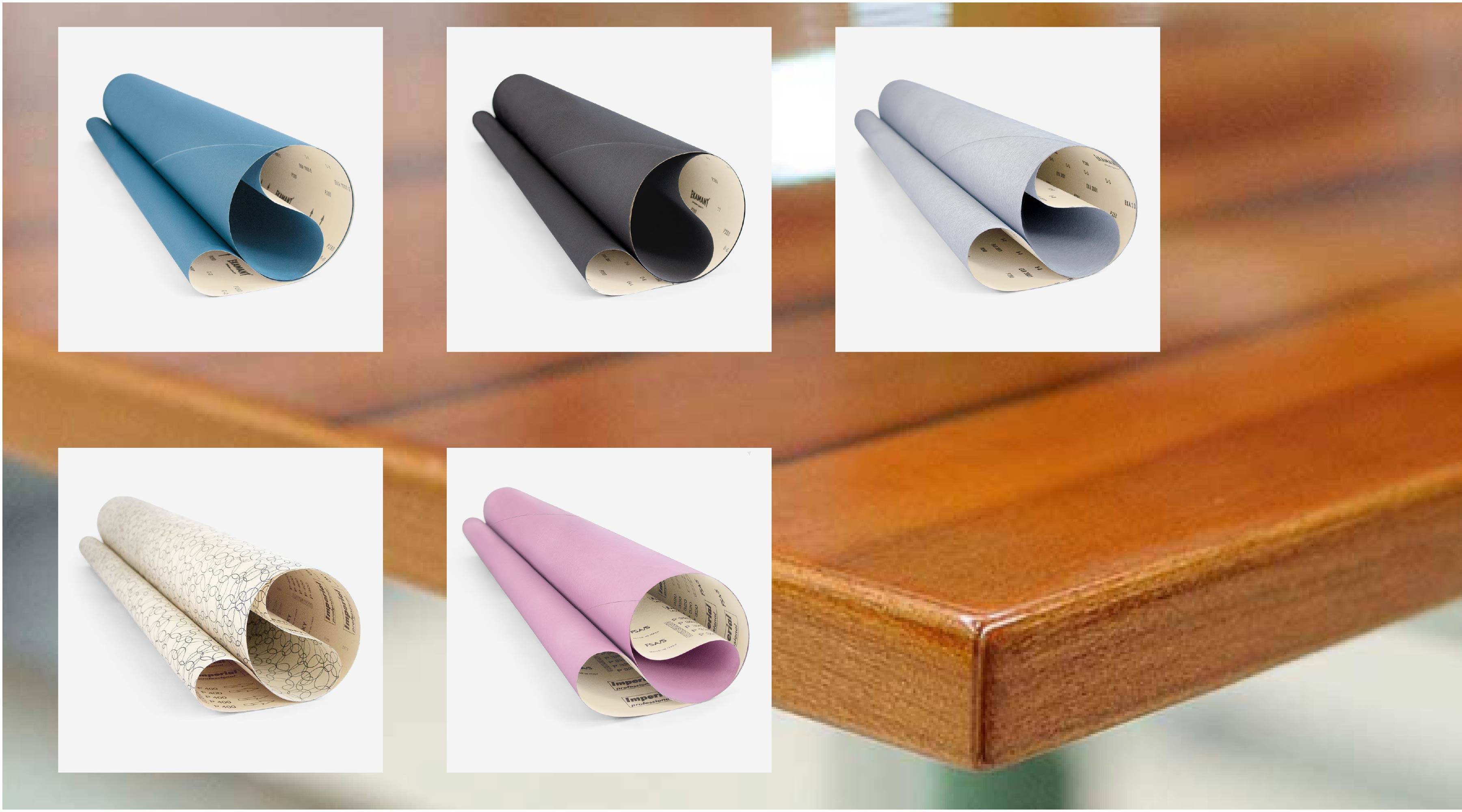
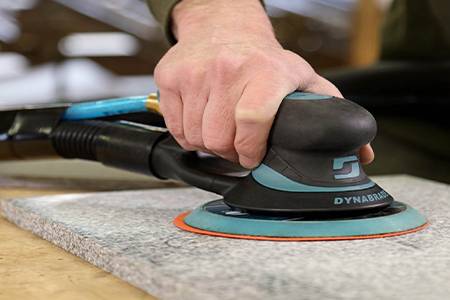
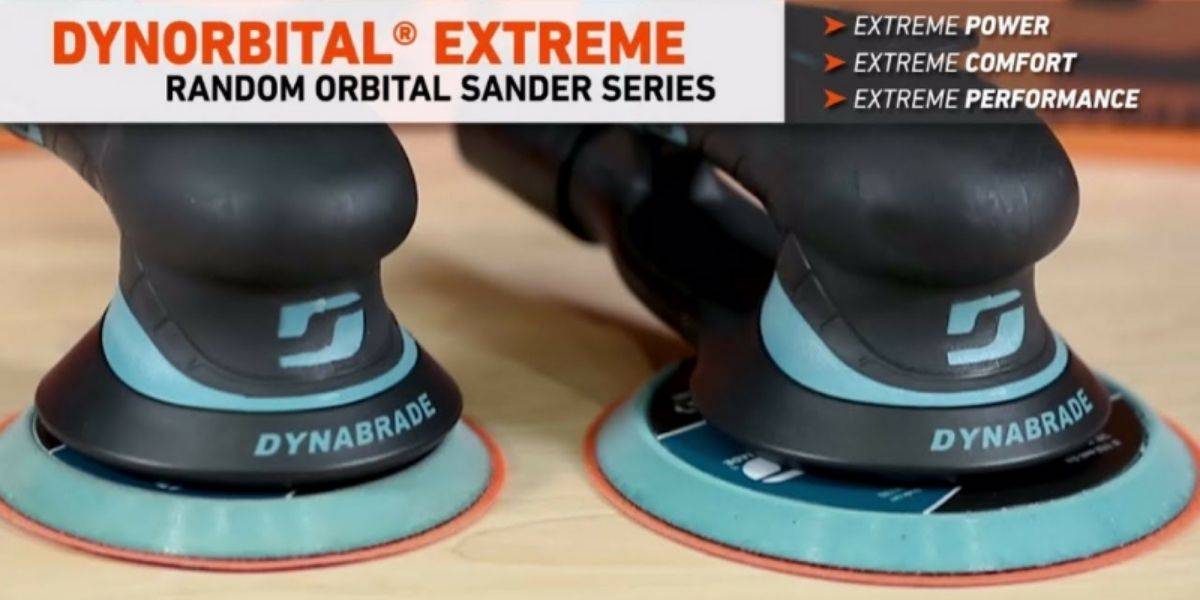
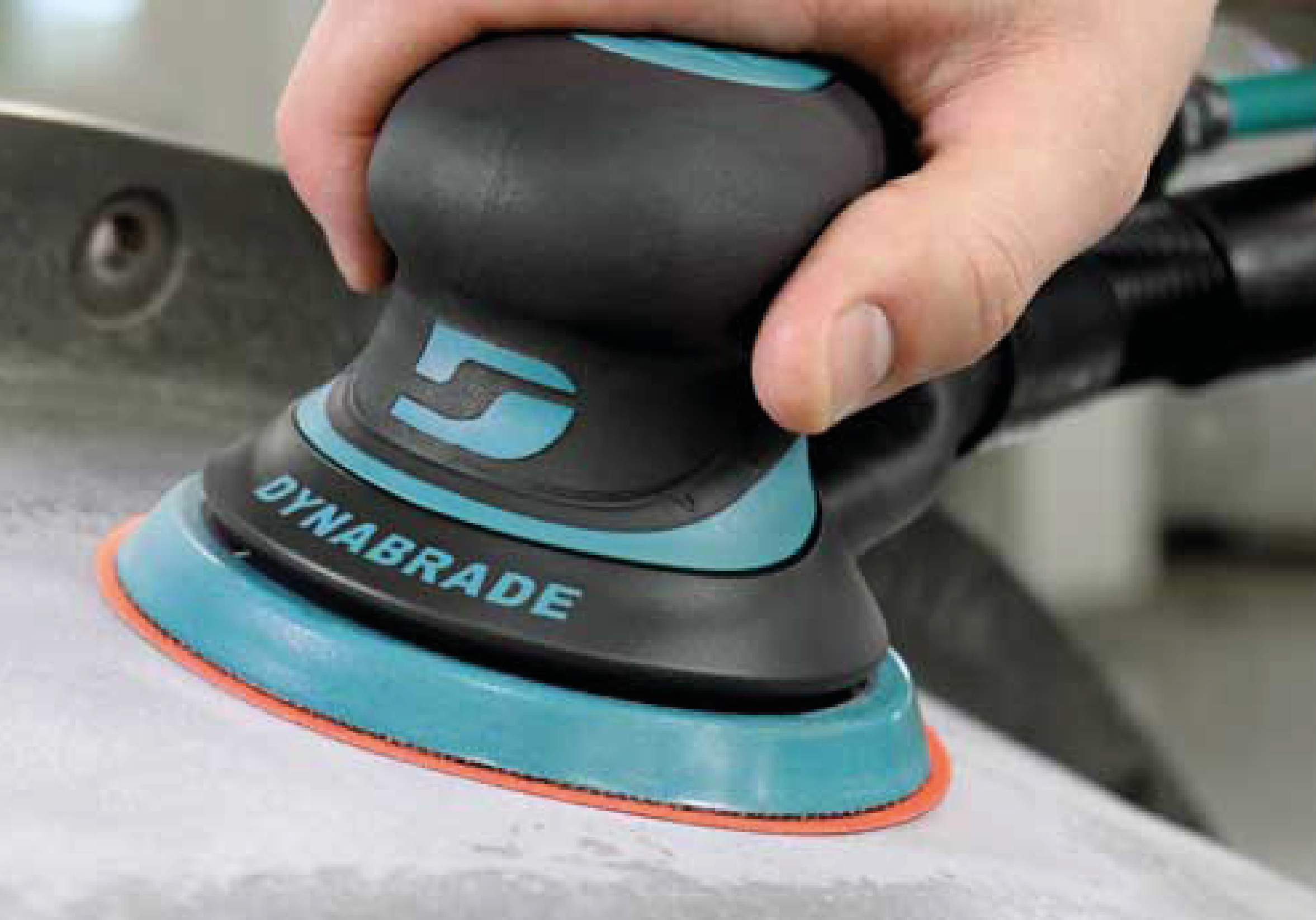
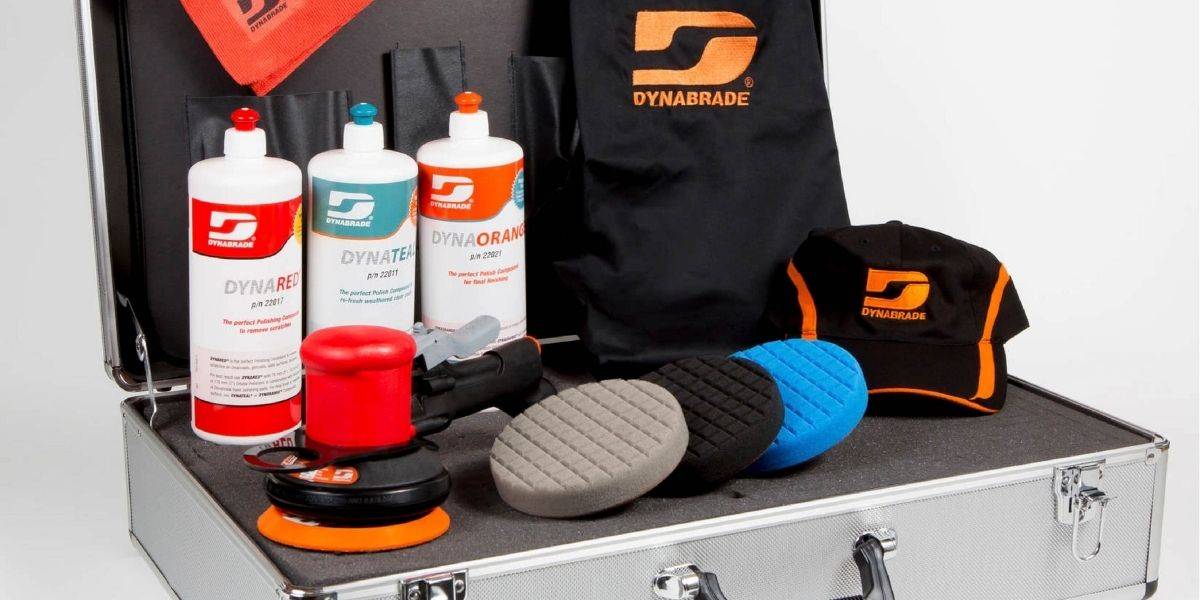
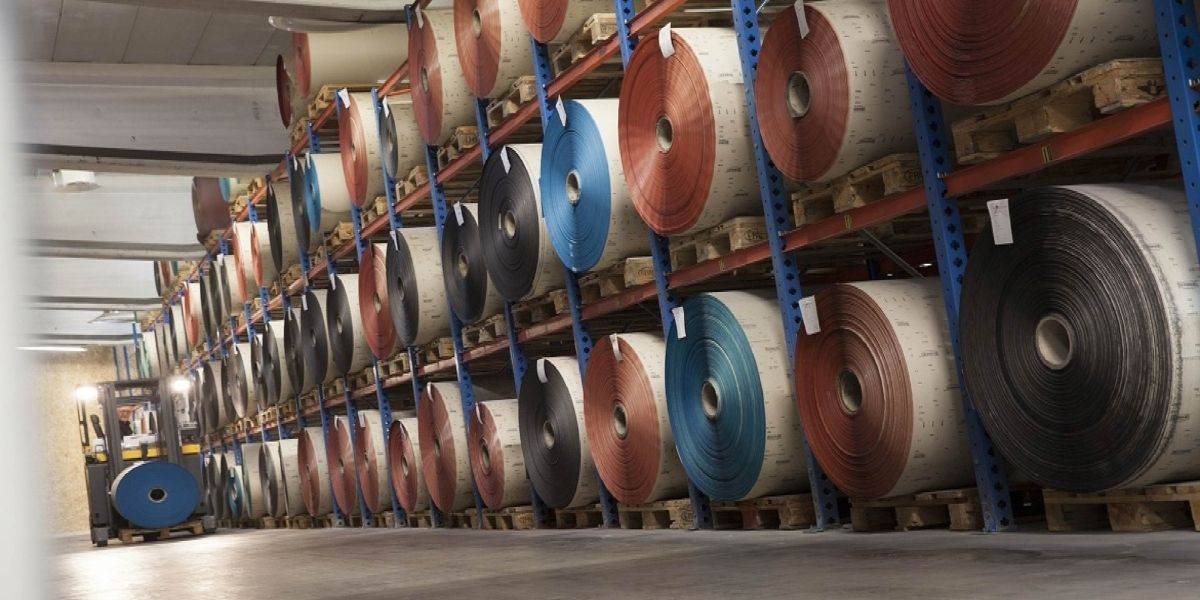
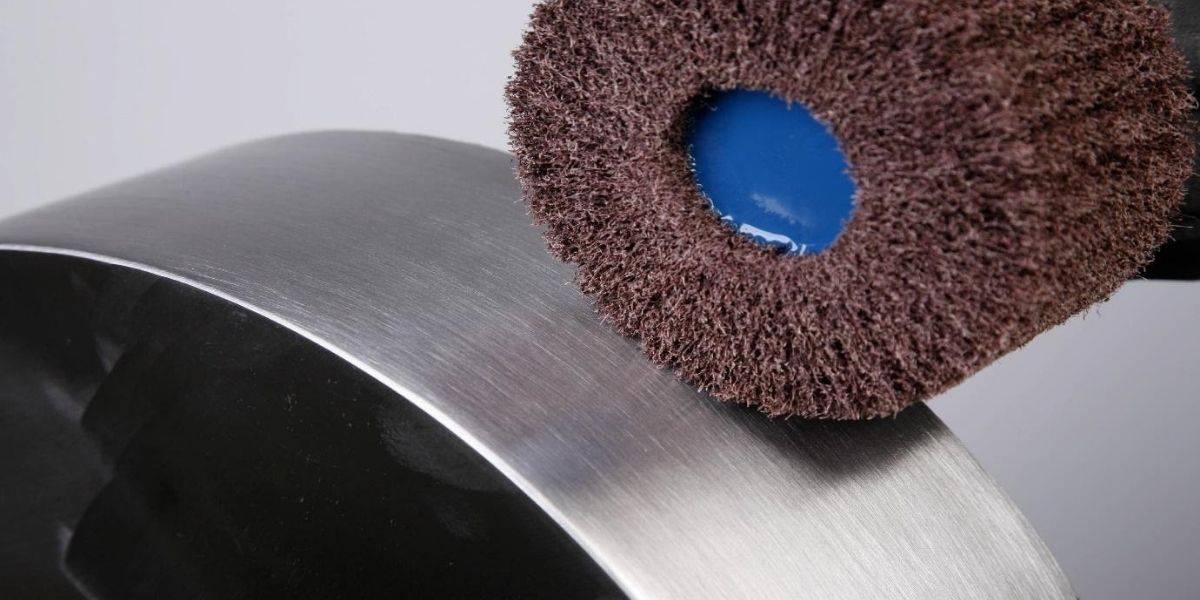
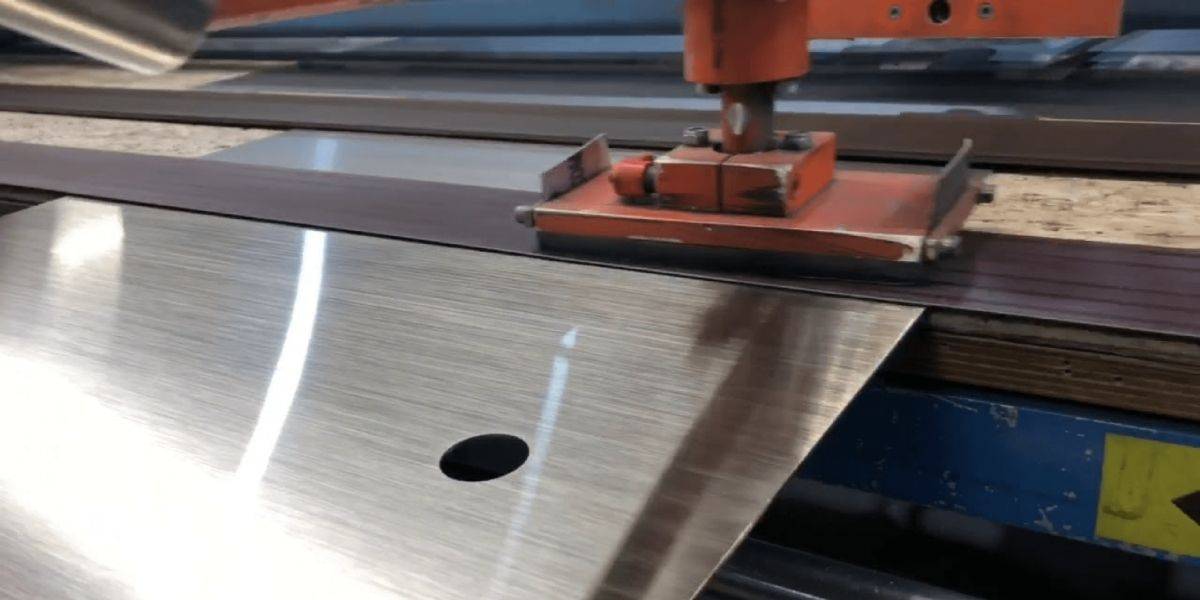
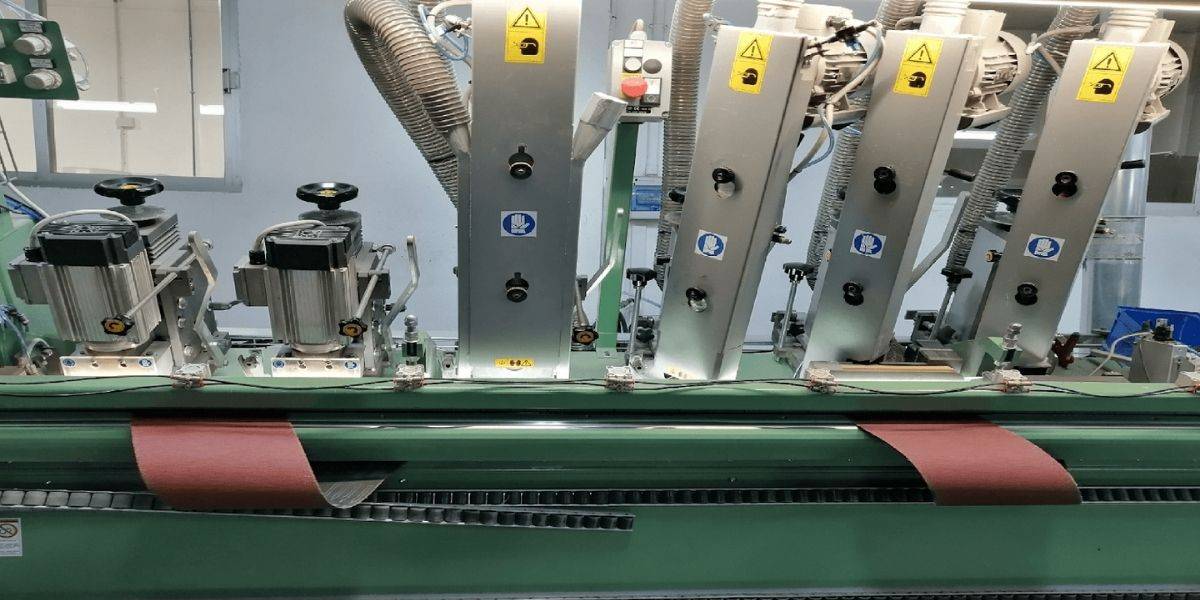
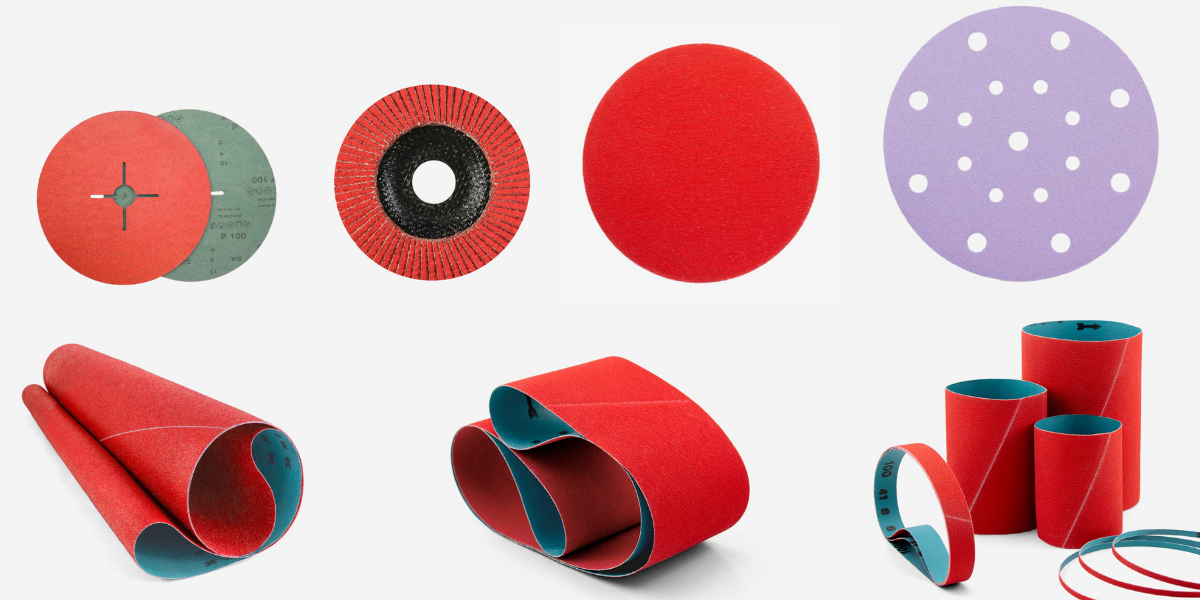
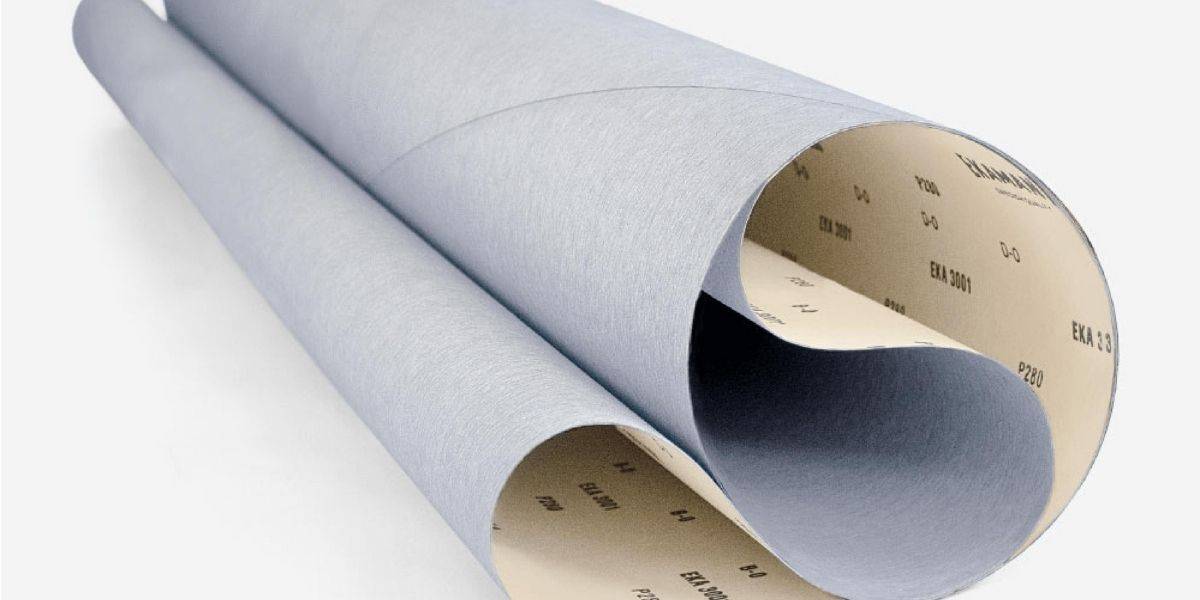
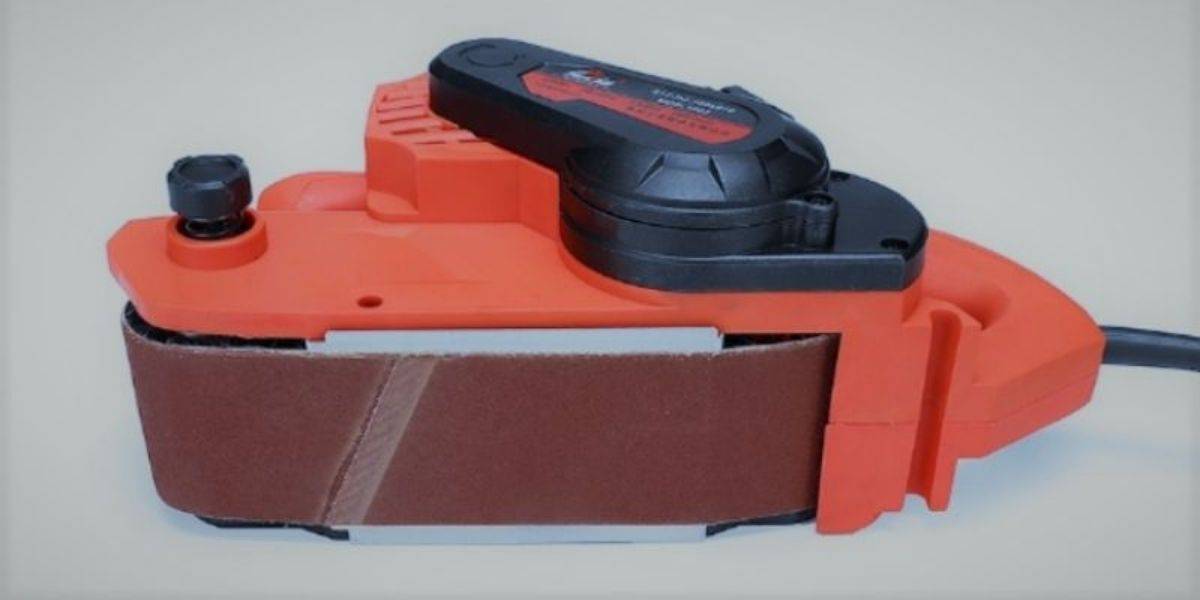
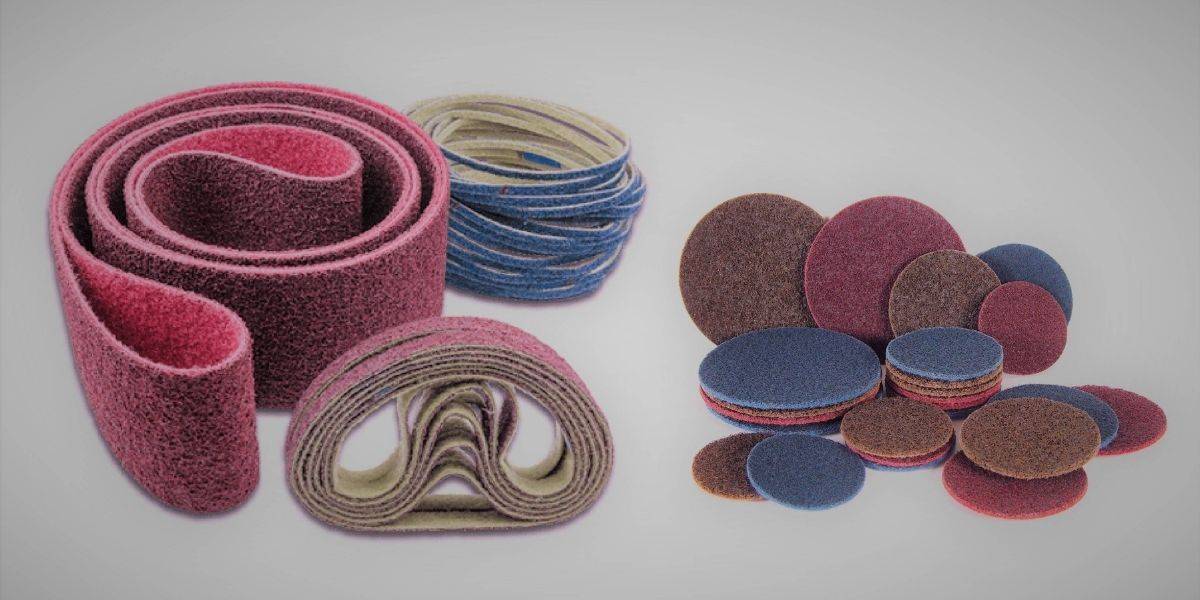
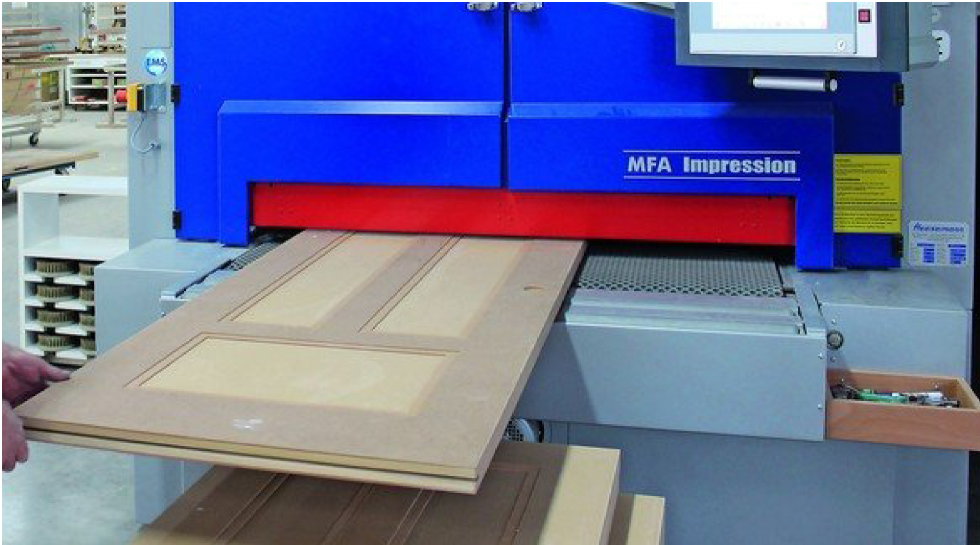

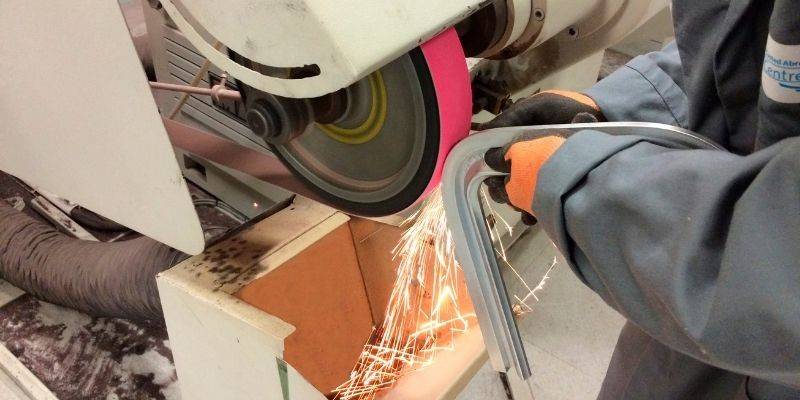
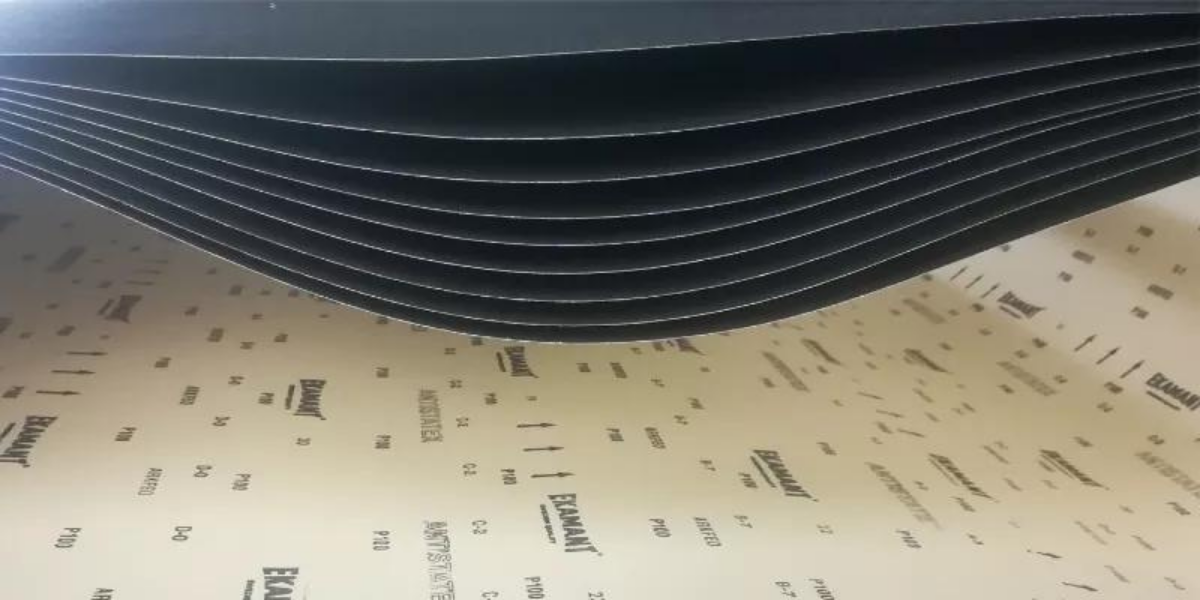
.png)
.jpg)






